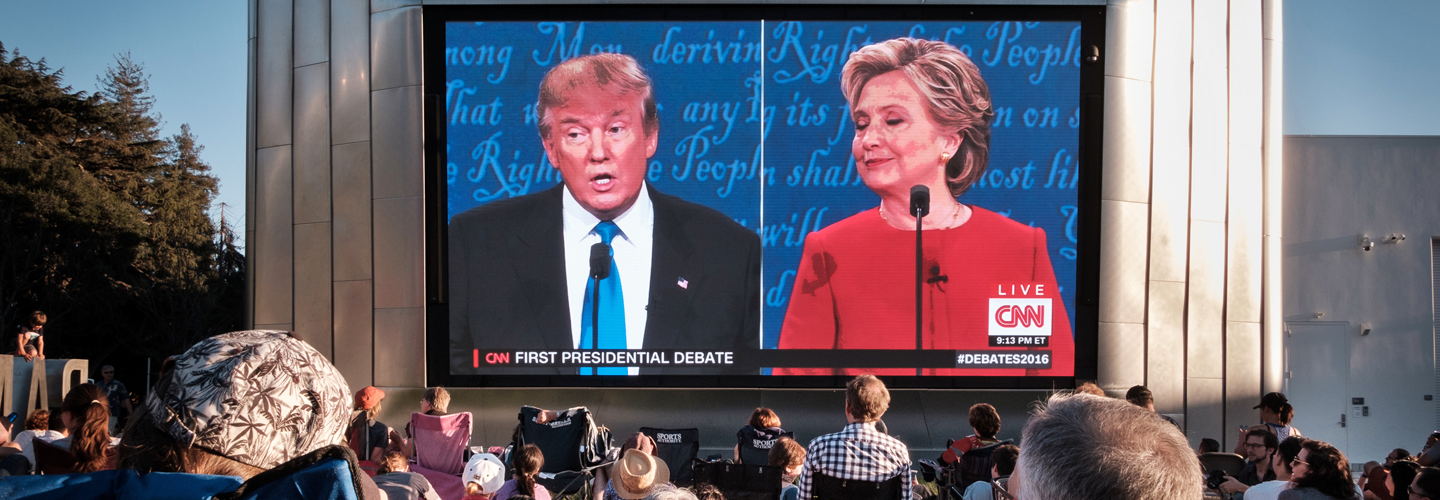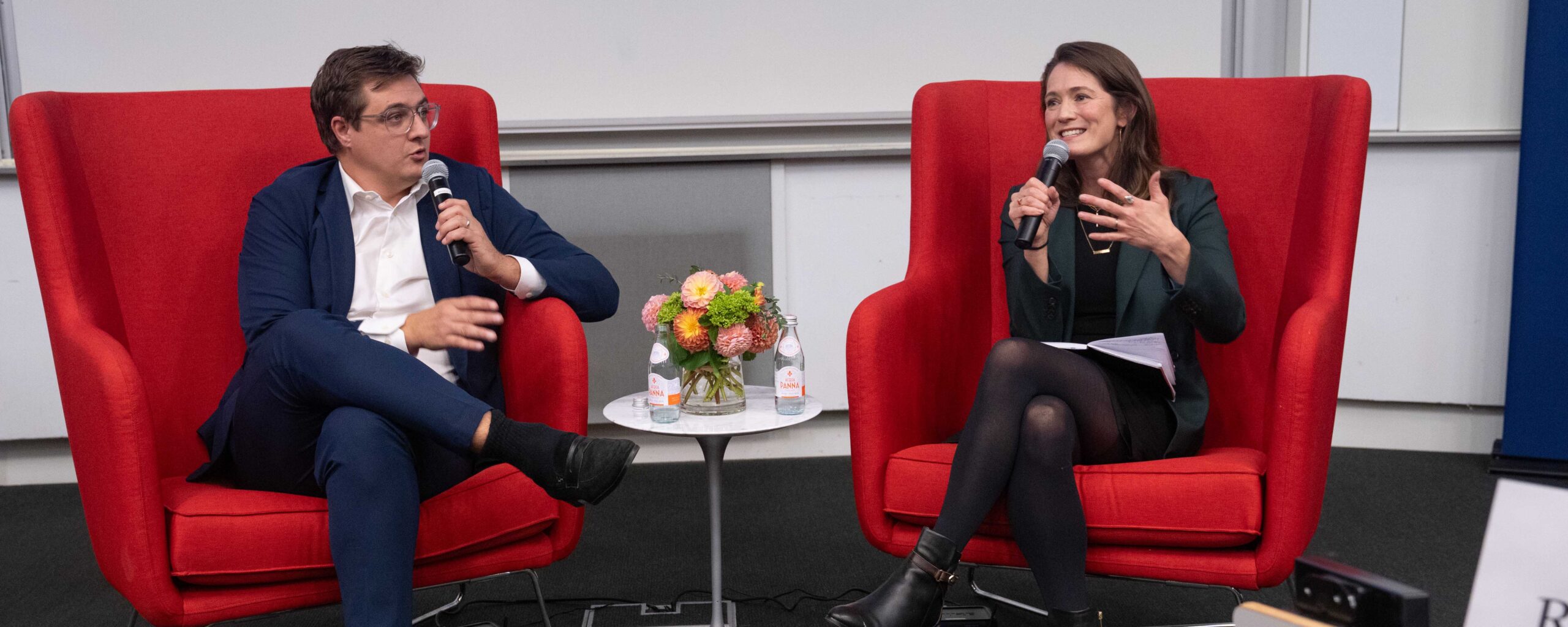An Annenberg Public Policy Center (APPC) study of the first 2016 presidential debate finds that what Hillary Clinton and Donald Trump say about the issues – and don’t say – affects what viewers learn about their plans.
The APPC online sample of more than 2,500 debate viewers before and after the first presidential debate on September 26 found that a significantly greater number knew post-debate that Clinton supports increasing the minimum wage. Clinton cited her support for raising the national minimum wage in her first response to the moderator, Lester Holt.
The study, released two days before the second presidential debate, asked respondents to tell “us as best you can what the candidate has said he or she will do if elected president.” Asked which candidate favors an increase in the minimum wage, 60 percent of pre-debate viewers named Clinton and 74 percent did so post-debate. Trump did not mention the minimum wage in the debate and has in fact taken various positions on it ranging from no federal minimum wage to saying in July that the minimum wage “has to go up” to at least $10, according to FactCheck.org.

“Our study confirms that debate viewing can clarify the positions of one or both candidates but, when a candidate’s shift in position is at issue, debate viewing can also confuse,” said Kathleen Hall Jamieson, director of the Annenberg Public Policy Center of the University of Pennsylvania. “Post-debate commentary should focus on on helping viewers make sense of such moments.”
Debate viewers were asked which candidate supports a trade agreement known as the Trans Pacific Partnership, which both candidates currently oppose. Pre-debate 18 percent of viewers said “neither” supports it and a significantly greater number, 23 percent, said that after viewing the debate. Although Clinton said during the debate that she opposed TPP, Trump charged that she had supported it. The proportion of debate viewers who said Clinton supported TPP rose from 38 percent pre-debate to 51 percent after it. According to FactCheck.org, Clinton said TPP “sets the gold standard” in 2012 but came out against the final deal in 2015.
In the first debate, both candidates also talked about taxes: Clinton spoke of raising taxes on the wealthy and Trump said he was “going to cut taxes big league.” Asked which candidate would raise taxes on the wealthiest Americans, those who could correctly identify Clinton rose from 60 percent pre-debate to 86 percent post-debate in the online survey. Respondents who reported that both Clinton, the Democratic nominee, and Trump, the Republican nominee, would raise taxes on the wealthiest Americans declined from 13 percent pre-debate to 5 percent after it. In the debate, Trump stated that he would reduce taxes.
Like the first debate, the most-watched presidential debate in history with 84 million viewers, the Sunday town-hall debate will be up against a National Football League game (New York Giants vs. Green Bay Packers). A separate APPC telephone survey following the first debate found that 10 percent of debate viewers said they switched over at times to watch the Monday Night Football game between the Atlanta Falcons and the New Orleans Saints.
“If you’re thinking about watching football and the debate, it’s better to record and watch one later,” Jamison said. “Switching from screen-to-screen decreases learning.”
The APPC Institutions of Democracy (IOD) survey results are based on responses from 2,520 debate viewers who completed these questions online pre- and post-debate. They are part of a larger sample of 5,145 debate viewers recruited from a probability-based national sample. Responses reflect only those who were asked the questions before and after the debate. The survey was conducted for the Annenberg Public Policy Center by market research company GfK, using a probability-based online panel. The pre-debate survey was conducted from September 20-23 and the post-debate survey was conducted from September 27 through September 29. The margin of error for the sample of 2,520 debate viewers is +/ 2.3 percentage points. The telephone survey was conducted by the research firm SSRS among 1,004 U.S. adults by telephone from September 27-October 2, 2016, The margin of error is +/-3.5 percent. See the appendix for more detailed methodology. The APPC survey was directed by Jamieson and managed by APPC’s managing director of survey research, Ken Winneg.
To download this news release, click here. To download the Appendix, click here.
For more from the Annenberg Public Policy Center on presidential debates:
- Democratizing the Debates, a report by a 16-member bipartisan group on the role that debates play and ways to improve the quality and relevance of the debates.
- Presidential Debates: What’s Behind the Numbers?, which examines the data on television audience, ratings, and motivations of viewers of general-election debates.
- The Changing Nature of Political Debate Consumption: Social Media, Multitasking, and Knowledge Acquisition, a 2016 study showing that people who use social media while viewing the debates learn less about the candidates than people who do not simultaneously follow social media.


